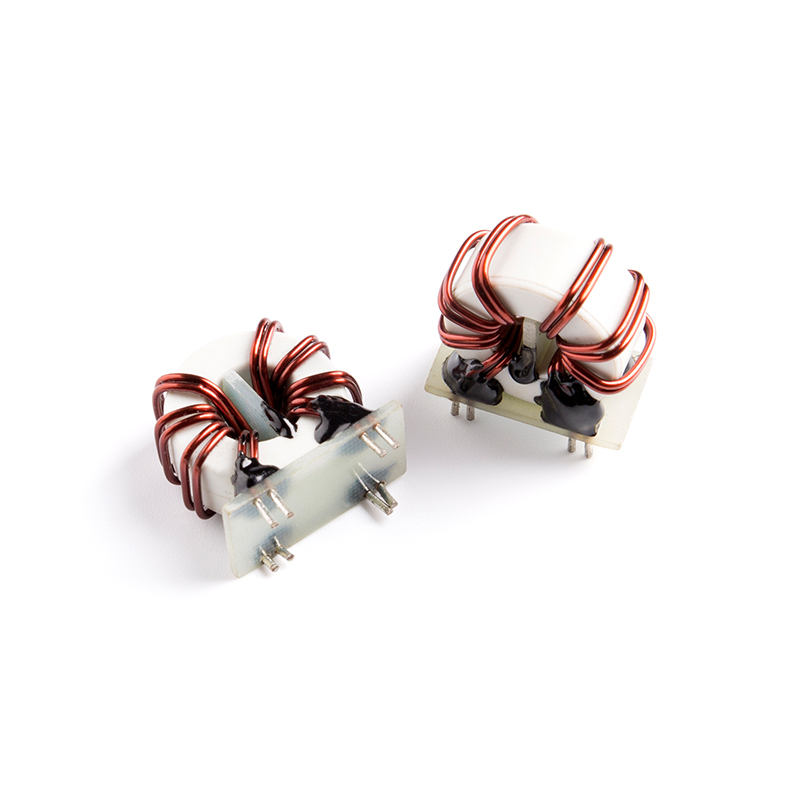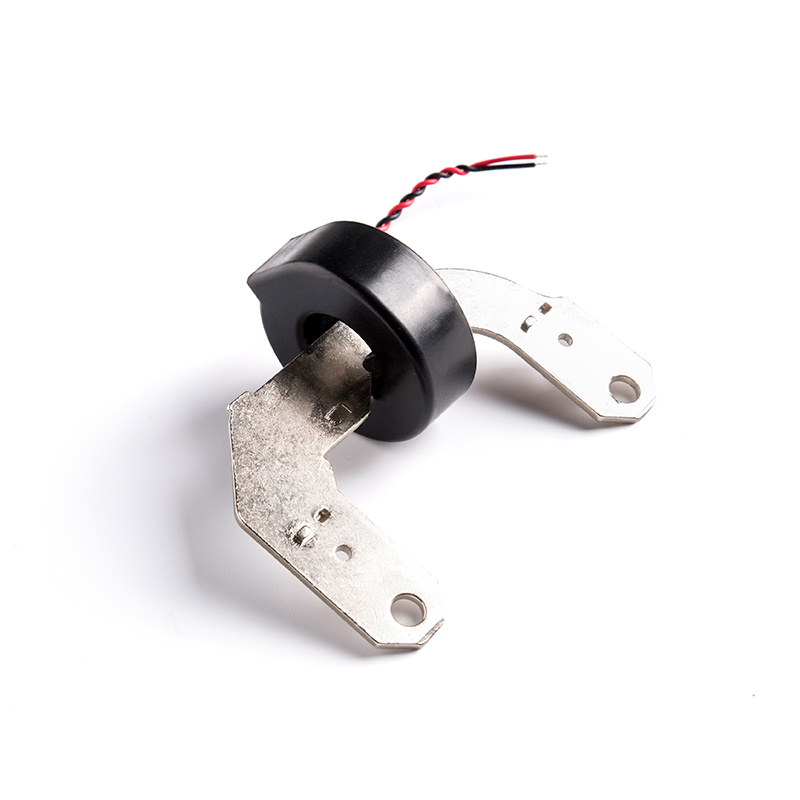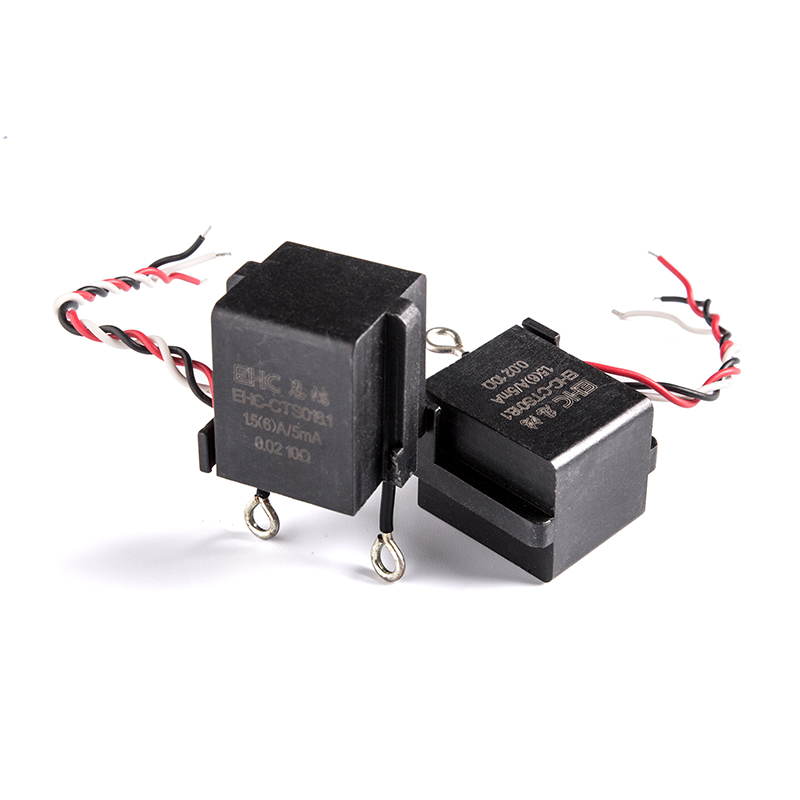Maintaining the accuracy of a current transformer (CT) over its operational life is essential for reliable performance in power systems. Calibration is a key aspect of ensuring that the CT continues to provide accurate measurements. Here are considerations for maintaining CT accuracy and the calibration process:
Factors Influencing Accuracy:
Environmental Conditions:
Ensure that the CT operates within specified environmental conditions, including temperature, humidity, and corrosive atmospheres. Deviations from recommended conditions can affect accuracy.
Overloading and Saturation:
Avoid prolonged exposure to currents beyond the CT's specified range to prevent saturation. Saturation can lead to distorted waveforms and inaccurate measurements.
Mechanical Integrity:
Regularly inspect the CT for any signs of physical damage, loose connections, or mechanical stress. Mechanical integrity is crucial for maintaining accuracy.
Aging and Wear:
Over time, the insulation and core materials of a CT may age or wear. Regular inspections can help identify signs of deterioration, allowing for timely replacement or maintenance.
Calibration Considerations:
Calibration Intervals:
Establish a regular calibration schedule based on industry standards, manufacturer recommendations, or specific application requirements. Calibration intervals may vary depending on factors such as environmental conditions and criticality of measurements.
Reference Standards:
Calibrate CTs using reference standards that are traceable to national or international standards. This ensures the accuracy of the calibration process.
Accredited Calibration Facilities:
Choose accredited calibration facilities that meet recognized standards for accuracy and traceability. Accredited laboratories follow rigorous procedures to ensure the reliability of calibration.
Calibration Procedures:
Calibration involves comparing the CT's output to a reference standard under controlled conditions. The procedure includes adjustments to compensate for any deviations from the standard.
Adjustment and Compensation:
If the CT exhibits a systematic error during calibration, adjustments or compensation may be applied. This can involve modifying the turns ratio or applying correction factors to improve accuracy.
Documentation:
Maintain comprehensive documentation of the calibration process, including calibration dates, results, adjustments made, and any other relevant information. Documentation is crucial for tracking the CT's performance over time.
Post-Calibration Testing:
Conduct post-calibration testing to verify the CT's performance after adjustments. This ensures that the CT meets accuracy requirements under actual operating conditions.
Online Monitoring:
Consider implementing online monitoring systems for current transformers to continuously assess their performance. Online monitoring can provide real-time data and detect deviations from expected values.
Replacement or Refurbishment:
If a CT consistently fails to meet accuracy requirements despite calibration efforts, consider replacement or refurbishment. Aging components, insulation breakdown, or mechanical wear may necessitate such actions.
Training and Expertise:
Ensure that personnel involved in the calibration process are trained and experienced in handling CTs. Expertise is crucial for accurate and reliable calibration.

 English
English 中文简体
中文简体 Deutsch
Deutsch 日本語
日本語

 View More >>
View More >> View More >>
View More >> View More >>
View More >> View More >>
View More >> View More >>
View More >> View More >>
View More >> View More >>
View More >> View More >>
View More >>